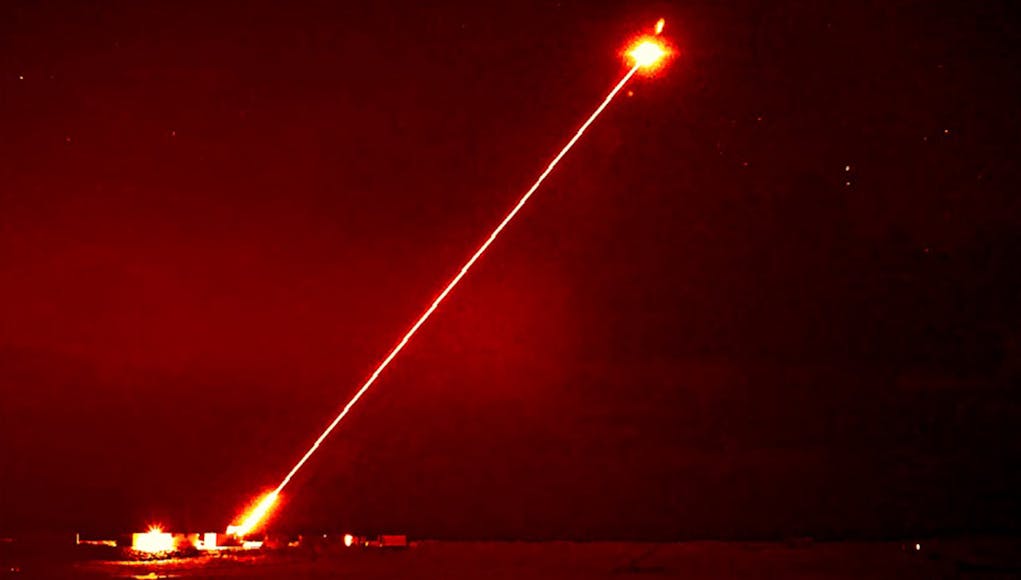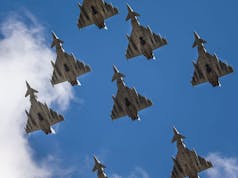In response to a written question from David Reed MP regarding the Ministry of Defence’s (MOD) support for high-risk, high-reward technological experimentation, Maria Eagle, Minister of State for Defence, detailed the UK’s commitment to fostering innovation and tracking outcomes.
Eagle explained that “Defence invests in high-risk, high-reward technology experimentation from across the Defence enterprise,” citing core budgets such as the Defence Science & Technology Programme and Defence Innovation Fund as the primary contributors.
She also highlighted additional investments from the Capability Portfolios of each Top Level Budget, such as Strategic Programmes and Single Service Commands.
Examples of recent projects in this domain include the Dragonfire Laser Directed Energy Weapon Demonstrator and the BriteCloud Expendable Active Decoy, both of which exemplify the MOD’s approach to cutting-edge defence innovation.
Eagle elaborated on the MOD’s robust tracking mechanisms for these initiatives, stating that “Defence’s Research and Innovation programmes are run according to best practice Portfolio, Programme and Project management Processes, which aim to deliver defined outcomes and benefits that are then tracked and monitored.”
Looking ahead, the MOD is undertaking a Defence Reform programme, which will refine the mechanisms for delivering and exploiting high-risk, high-reward technologies.
This initiative builds on existing processes, including the ‘Spearhead’ and ‘Gamechanger’ initiatives, which are currently trialling new methods to improve delivery.














You’re also going to need to build affordability into the solution. A good enough system built to scale is what’s required. An un affordable, Gucci system procured in inadequate numbers serves no purpose
I do agree but both of those tend to be useless at their most extreme 5 Guccis are useless when there are 50 incoming but a thousand Ratners are rubbish when only 5 will have any effect. In really thus equally useless. So hitting that compromise solution is the ideal but an often complex process of finding the elusive sweet spot.
Example. Britain desperate to rebuild the RAF 1937 onwards built hundreds of Fairey Battles that even Fairey warned were not equipped for the post Treaty World and had always wanted to incorporate two engines, but they were available and capacity there so they were built nonetheless. When war started there were thus numbers of planes but far too many useless ones.
In reality you need mass to get good. There is a very good reason the best navies in the world have always been large. But as you say the very cutting edge next generation will utterly destroy the last generation, so you need a mix.
You must maintain the mass and that means sometimes you have to build and equip with sup optimal stuff. But you also need to make sure you have the latest generation available to combat your enemies latest generation capabilities or lever and more easily overcome an enemy without access to the latest generation.
Fleet AAW is a great example, you don’t need every escort to be a cutting edge AAW platform but you want every escort to be a competent AAW platform.
Well if “Eagle Says” who are we to question?
I wonder if we will ever order anything?
Well we are currently contemplating who might be members of a committee to consider who best to appoint to make the decision about what and when to start the process of moving towards a more robust stance on defence delivery with appropriate processes to be devised as to how to advise whoever is in Govt in 2035 to urgently assess the recommendations set out in general terms within, with of course reference to the full wash and repeat revised editions thereafter to keep it all current of course.
… so I suspect at least one squadron of Hawker Hunters, 50 Comet tanks and the re-commissioning of HMS Belfast as a Global Fighting Ship for the 40s as that’s likely all that will be left to finance due to the costs and timescale of the above committee led process. Sounds ludicrous doesn’t it.
And yet thx to a politically motivated foreign nutcase the public think yet another enquiry into events that the last one’s recommendations have so far been ignored is the sensible way forward when most of us know what and why they were failed and just how little said nutcase on past events cares a damn about the poor actual victims.
Don’t forget we still have the battle of Britain squadron..a few .303 rounds and you are in business 😂
They don’t learn…
Yeah right, like the countless high expense programs that lead to nothing at all entering service.
Ray guns 🔫… cool 😎
❤️✌️